Norbulingka Palace is located in Lhasa City, Tibetan Autonomous Region. It covers around 36 hectares of area. It is one of the most beautiful landmarks in Tibet. It was the Dalai Lamas’s summer palace in the early days. There are a beautiful park and a small zoo in the palace compound. There are so many antique artifacts, Tibetan carpets, and jewelry.
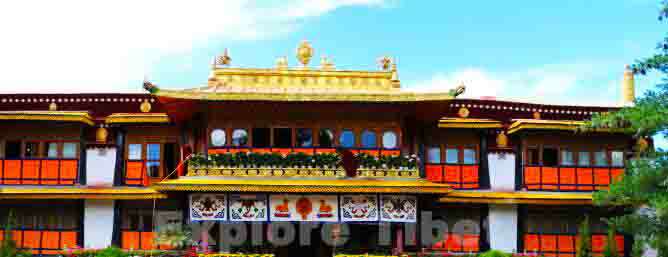
Norbulingka Palace in Lhasa
There are also antique statues of Buddha and a mural of the 5th Dalai Lama are seen at Dalai Lama’s residence. Norbulingka Palace is also recognized as a UNESCO World Heritage Site in 2001. It has the largest garden in Tibet, which is a representation of Tibetan palace architecture. During the summer and autumn seasons, it is the best place for the amusement area in Lhasa.
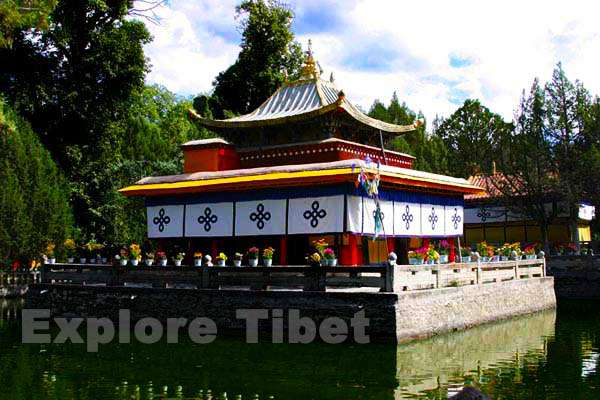
History of Norbulingka Palace
The Norbulingka Palace was initially built by the 7th Dalai Lama in 1755. Later in 1783, the 8th Dalai Lama added parks and more gardens at the palace complex. It became the summer palace of the 8th Dalai Lama and later it was a permanent summer residence of all the Dalai Lamas. The 13th Dalai Lama had expanded the palace compound by establishing a horticultural park and the zoo.
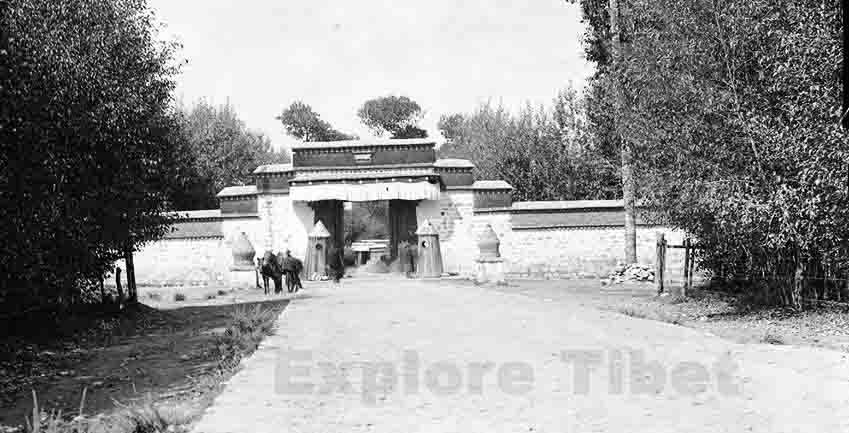
In 2003, the government initiated renovation works to restore the damages that happened during the cultural revolution. The gardens and lakes were restored to their former beauty. Nowadays, it is the world’s highest and best-preserved ancient horticultural garden. There are so many ancient Tibetan Buddhist relics and Tibetan cultural artifacts are preserved.
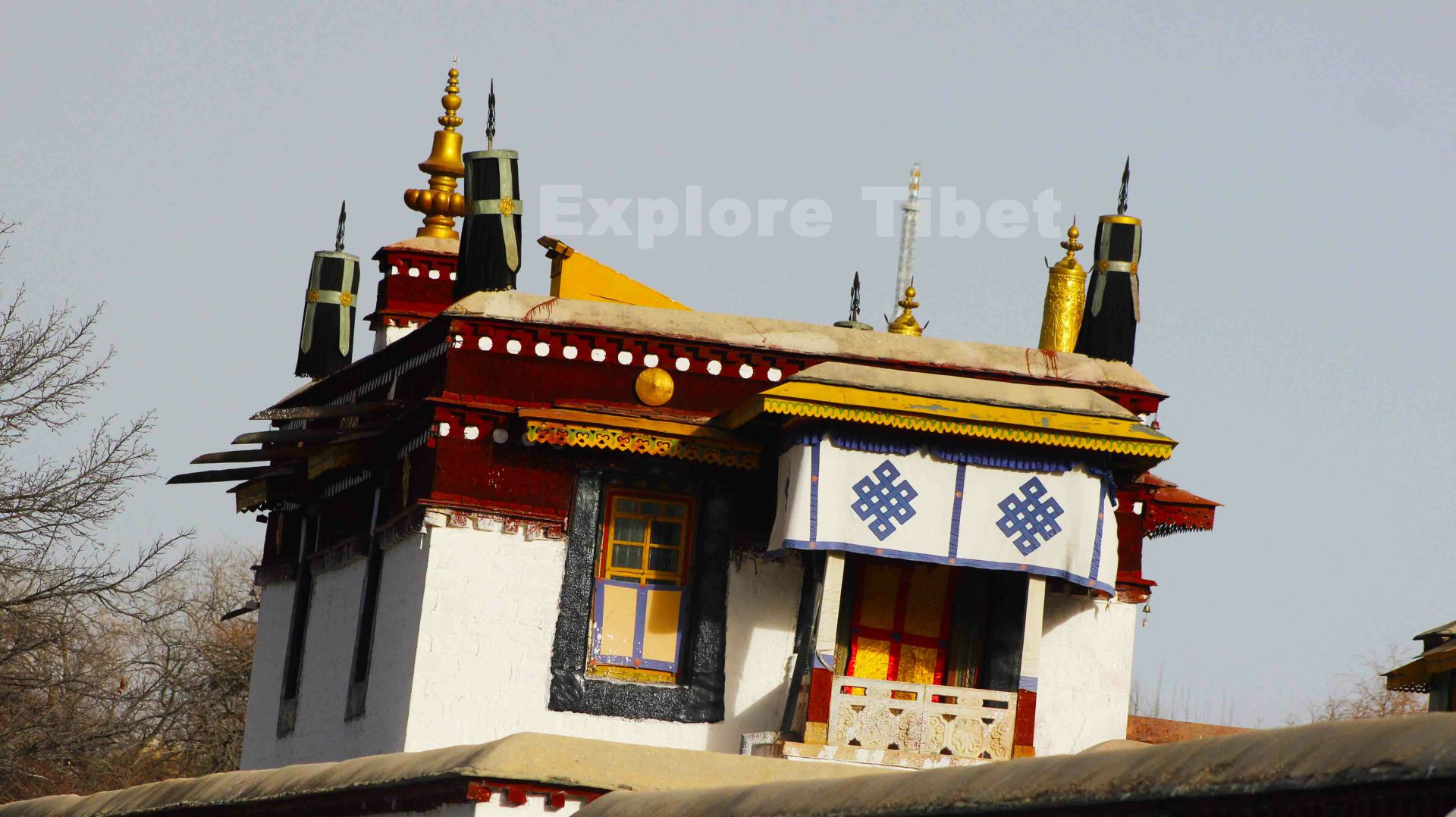
Norbulingka Palace description
The whole palace complex is established under five sections. There are clusters of buildings that lie inside the complex and from the left of the entrance gate, it is called Kelsang Phodang and it was named after the 7th Dalai Lama. There are three chambers for bedrooms, a chapel, a small library, and a hallway garden. The architectural structure of the palace has been influenced by the yellow hat Tibetan Buddhism. In front of the palace, there is a platform where the Shoton festival was hosted and Tibetan opera was performed.
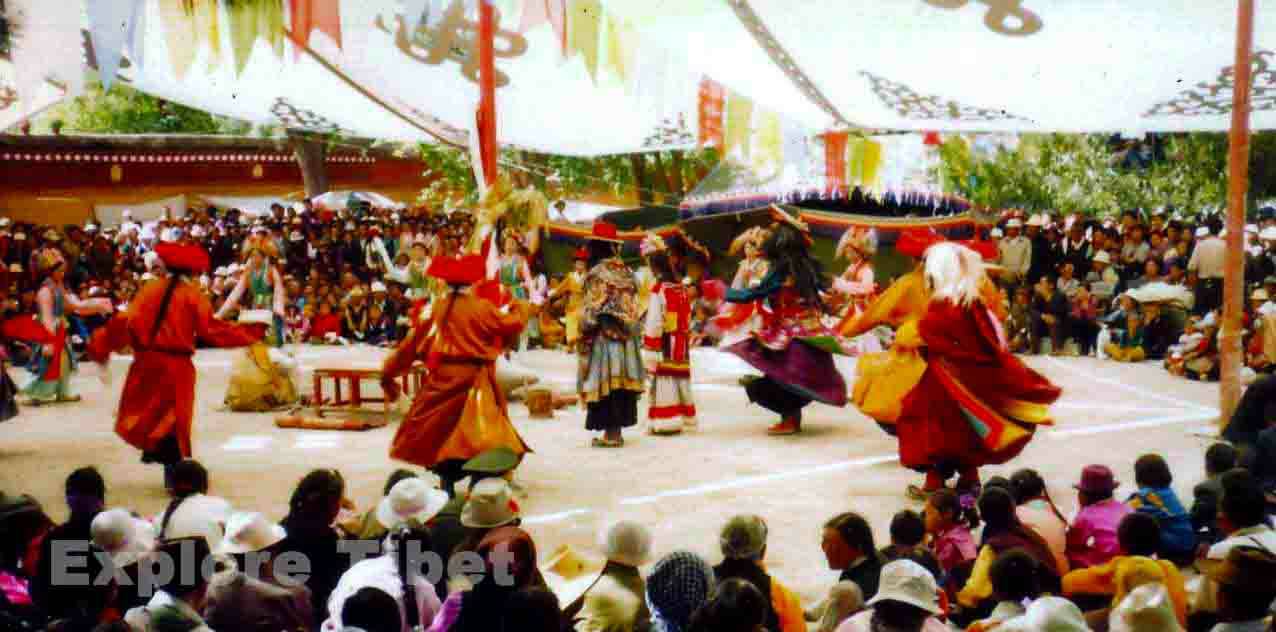
There is a section of the building named Khamsum Zilnon, which has two-storied buildings. It was the 8th Dalai Lama’s quarter and later added a few more buildings for worship rooms and some temples with beautiful gardens around. There is a plantation of fruit trees and different kinds of flowers.
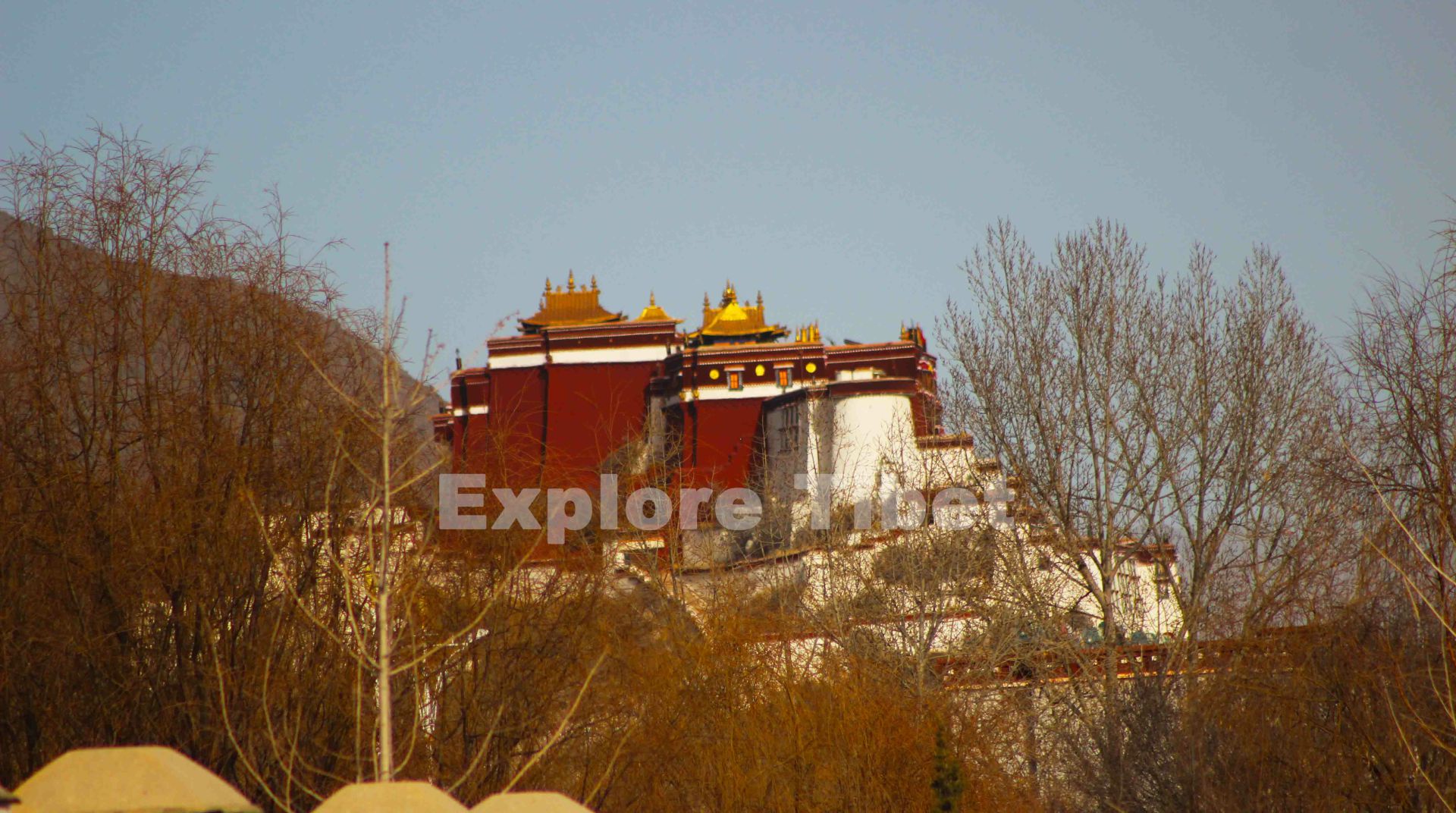
The Tsokyil Phodrong is located northwest of Kelsang Phodrong with a beautiful lake near the pavilion and it is aligned with Chesil Phodrong. On the west side of Norbulingka Palace, the Golden Phodrong is situated which was built by the 13th Dalai Lama. There is a pavilion known as Takten Migyur Phodrong which was built by the 14th Dalai Lama in 1954. It is the most beautiful palace in the whole complex which is a fusion of temples and magnificent cottages. It is faced toward the south of the Lhasa city.
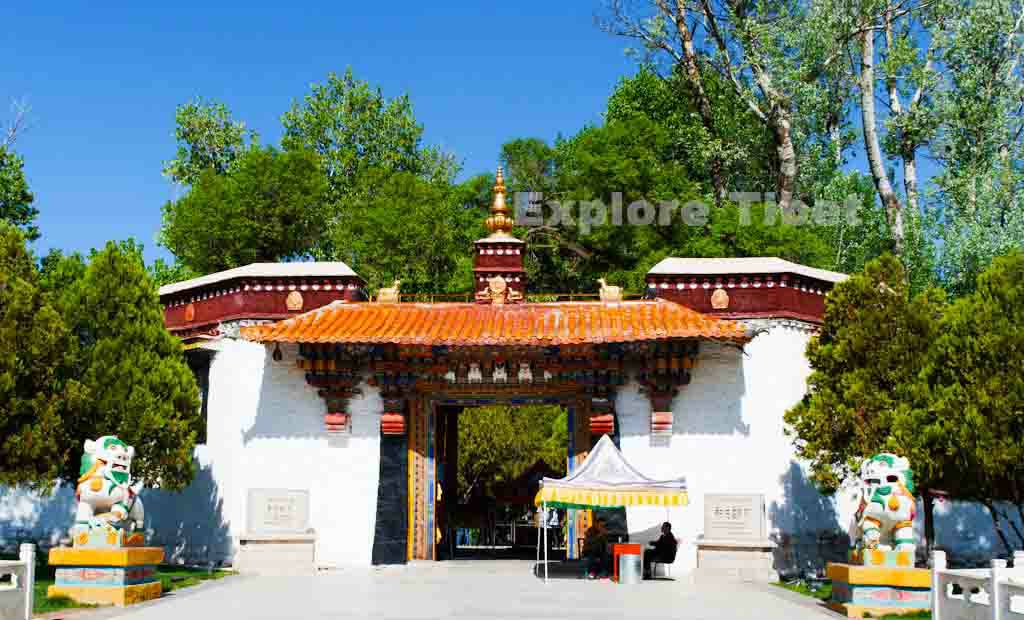
There is a very beautiful park on the bank of the Kyichu River surrounded by elegant gardens. It was built in the 1740s by the 7th Dalai Lama. It has now been turned into an open park for the public. There is a small zoo consisting of a few wildlife animals like bears, monkeys, deer, and foxes.
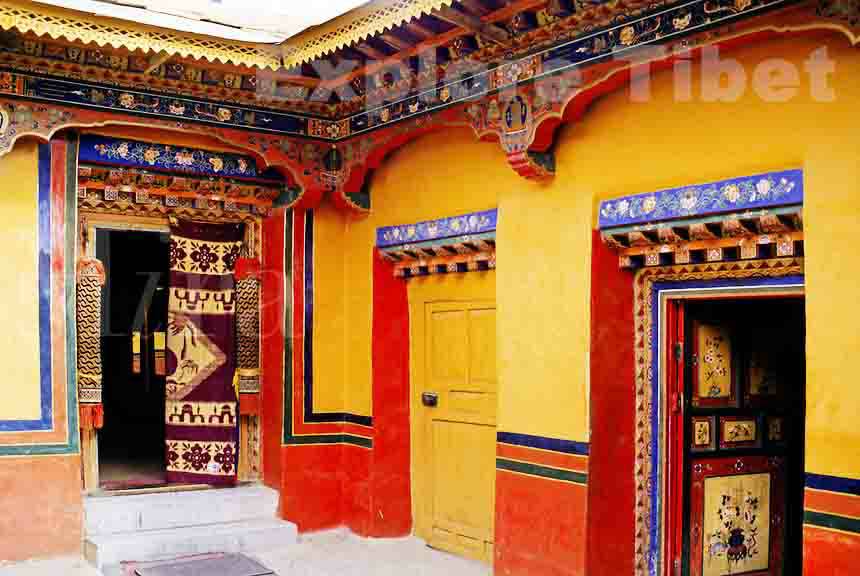
The Norbulingka Palace is a true representation of Tibetan architecture that reflects the ethnical and Tibetan Buddhist features of Tibetan people. Nowadays, it is one of the top tourist places in Lhasa. Every year thousands of tourists visit the palace and it takes more than 3 hours to complete the full complex. The entrance fee for a tourist is CNY60 per person and it is open from 9 am to 12 noon and 3 pm to 4 pm.
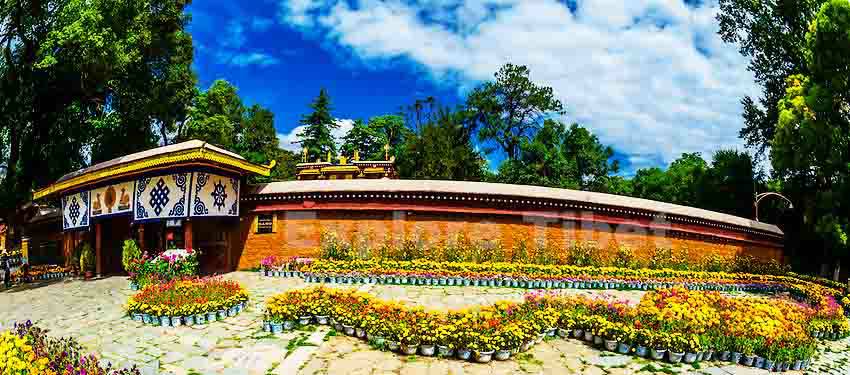
If you want to know more about the Norbulingka Palace or Norbulingkha Tour in Tibet. You can contact us at [email protected] so that we can help you. We also offer a group tour around Lhasa City.
